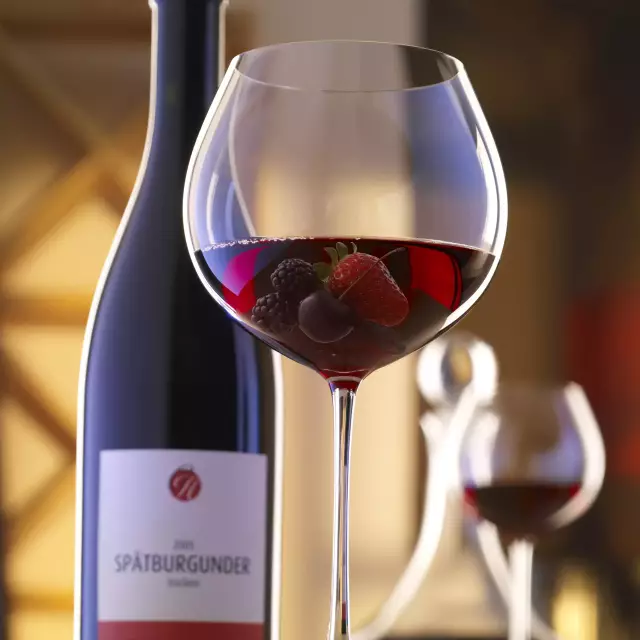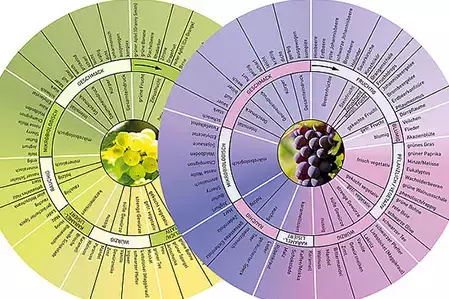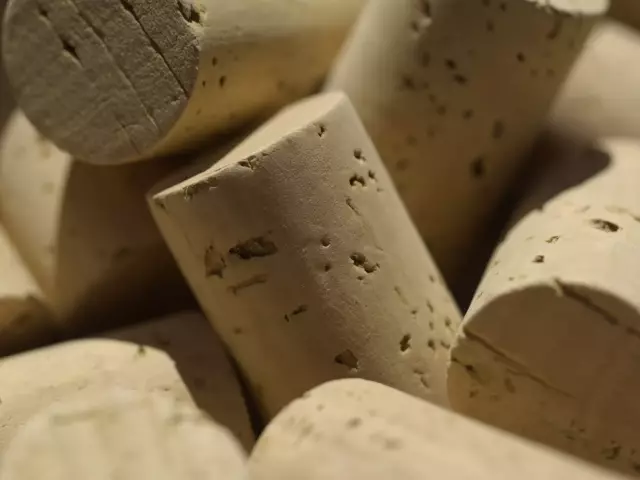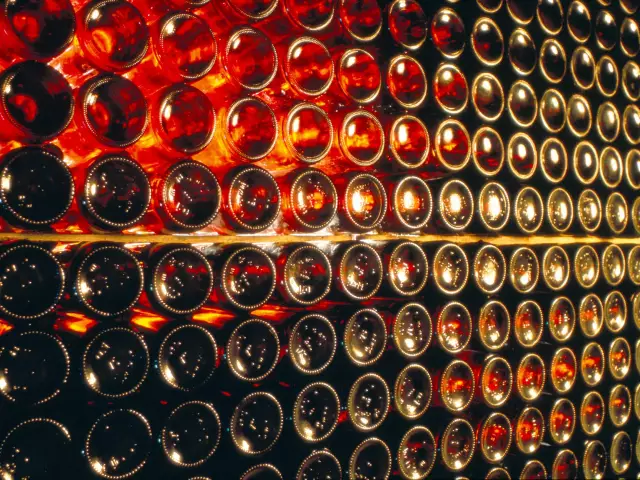Wine Aromas

Enjoyment - especially that of wine - not only takes place on the tongue, but also to a large extent in the nose.
Facts
-
> 1.000
Gerüche in der Nase
-
4
Geschmacksrichtungen
-
10.000
Aromen gibt es in der Natur
The Aroma Wheel
The complete aroma experience can be described well with the help of the wine aroma wheel. Everyone can enjoy wine, but hardly anyone is trained to put their perceptions into words and this is exactly where the aroma wheel can help (available in the shop: shop.deutscheweine.de).
Taste and aroma: a complete experience
Enjoyment - especially that of wine - not only takes place on the tongue, but also to a large extent in the nose. If we want to compare the meaning of taste and smell, taste provides a basic pattern and informs about the harmony of the wine. In contrast, the aroma conveys its diversity and infinite subtleties.
The taste buds of the tongue allow us to discern the four flavors - sweet, sour, salty and bitter.
The aroma, on the other hand, reveals over a thousand nuances of smell, the most important of which, for German wines, can be found in the aroma wheel.
However, taste and smell only form the complete pleasure experience when considered together. Extensive slurping whilst tasting the wine lifts the aromas into the air you are breathing and inevitably into your nose as you exhale. In this way you can determine whether the wine tastes fruity or floral. Most people will have experienced the importance of this so-called retronasal smelling for taste, as when your nose is blocked, even tasty food suddenly tastes bland and void of aromas.
How do I taste with the aroma wheel?
The aroma wheel for white and red wines is divided into seven segments that describe aromas and one segment for taste impressions. The aroma is initially narrowed down in general terms (inner circle) and then more precisely (outer circle). So the first smell may reveal that your wine is fruity and smells like a berry. By smelling more intensely, you can then determine whether it is elderberry or currant or even both.
From the individual aromas of a wine, you can also draw conclusions about its grape variety and the growing region. A Riesling is often reminiscent of ripe apples or juicy peaches, while Pinot Gris smells more of pear and pineapple.
With the aroma wheel you can also coordinate culinary delights. For example, it is easy to see that a Gewürztraminer smelling of sweet spices goes very well with exotic dishes. With this new knowledge, everyone can follow the explanations of the experts and over time become a real connoisseur.
The aroma wheel is available in english, dutch, polish and german at shop.deutscheweine.de. Wine experts and specialists from the Association of German Oenologists contributed their knowledge and experience to provide specific classifications and descriptions, created after a careful tasting of a wide range of German red and white wines. This makes it easier to not only experience the pleasure, but also to communicate it.
Can the choice of yeast influence the subsequent wine aroma?
Yes! If the winemaker decides to use pure culture yeasts - i.e. does not allow his wines to ferment spontaneously - he has a choice of countless yeast strains. Nowadays, there are special red and white wine yeasts, but also those designed to bring out the aromas of individual grape varieties.
Teaser
Events
-
Show
winetasting in our winery - blind tasting
Mainz-Hechtsheim







